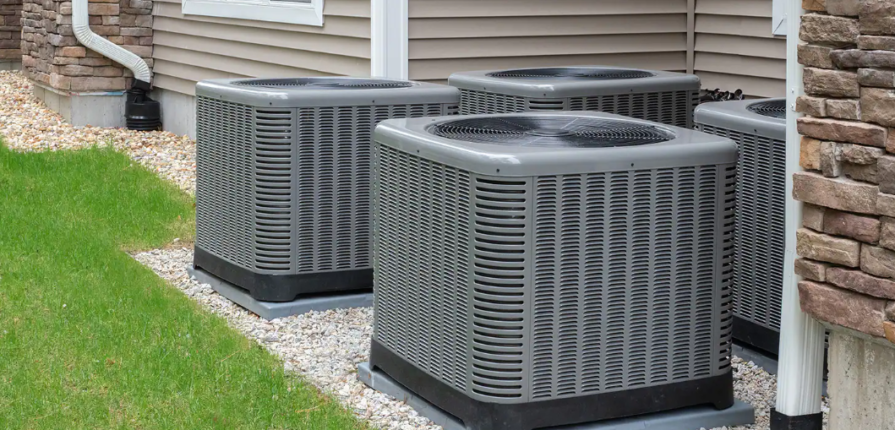A central air conditioning system is a type of cooling system commonly used to regulate the temperature and humidity levels in buildings such as homes, offices, schools, and other commercial or industrial spaces. It works by distributing cooled air throughout the building via a network of ducts and vents.
Here’s how a central air conditioning system typically operates:
- Cooling Unit: The system contains a central cooling unit, usually located outside the building. This unit contains a compressor, condenser coils, and a fan.
- Refrigerant: The system uses a refrigerant, which is a chemical compound that absorbs heat from the indoor air and releases it outside. Common refrigerants include Freon (R-22) and more environmentally friendly alternatives like R-410A.
- Evaporator Coil: Inside the building, typically located within the furnace or air handler unit, is an evaporator coil. This coil helps to cool the air by absorbing heat from it as the refrigerant evaporates.
- Ductwork: The cooled air is distributed throughout the building via a system of ducts. These ducts carry the air to different rooms through vents or registers.
- Thermostat: The system is controlled by a thermostat, which allows users to set the desired temperature. When the indoor temperature rises above the set point, the thermostat signals the system to start cooling.
- Air Filtration: Many central air conditioning systems include air filters to remove dust, pollen, and other airborne particles from the air as it circulates through the system.
- Humidity Control: Some central air conditioning systems also include features for controlling humidity levels, helping to maintain a comfortable indoor environment.
Central air conditioning systems offer several advantages, including:
- Efficiency: Central systems can be more energy-efficient than window or portable units, particularly for cooling larger spaces.
- Consistent Cooling: They provide consistent cooling throughout the entire building, rather than just in one area.
- Improved Indoor Air Quality: With proper filtration, central air systems can help improve indoor air quality by removing pollutants and allergens from the air.
However, central air conditioning systems can be expensive to install, especially in buildings that don’t already have ductwork in place. Additionally, they require regular maintenance to ensure optimal performance and energy efficiency.



Recent Comments